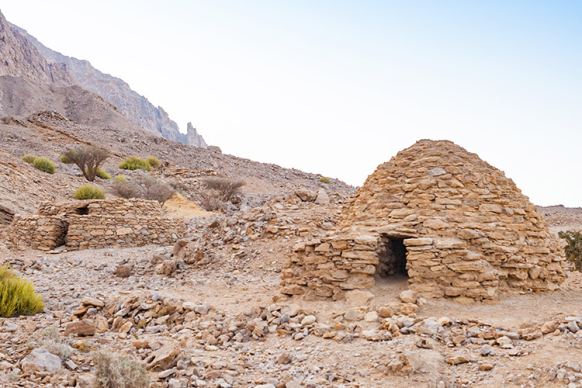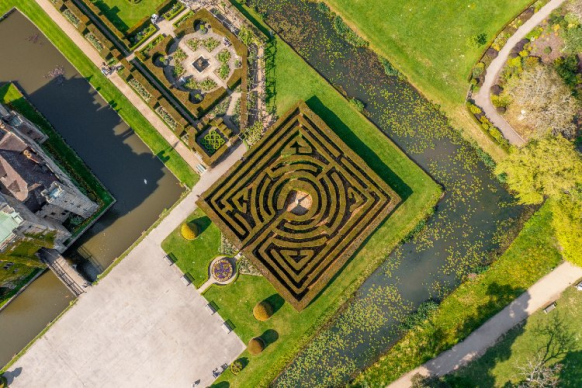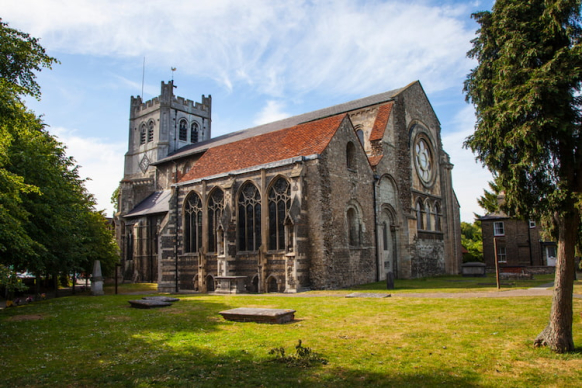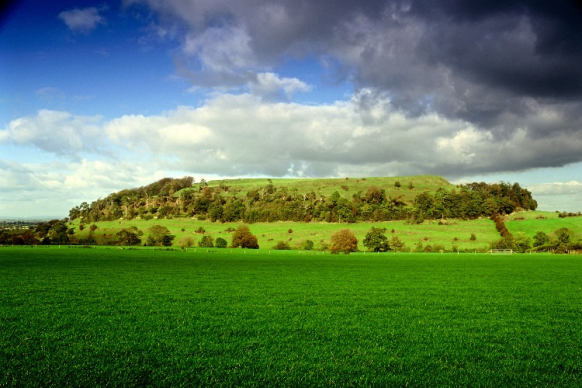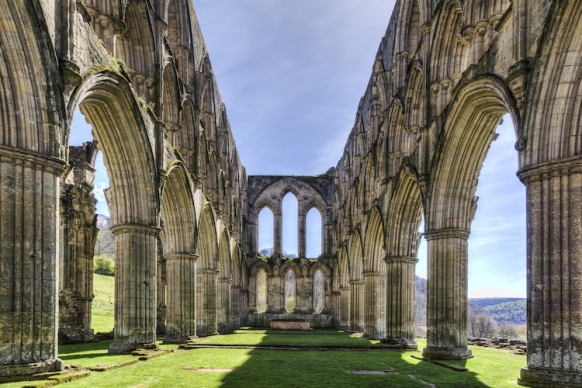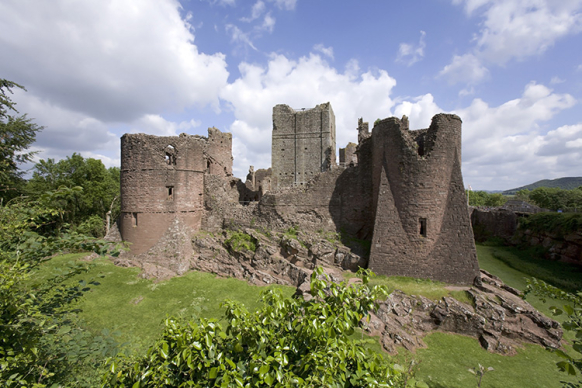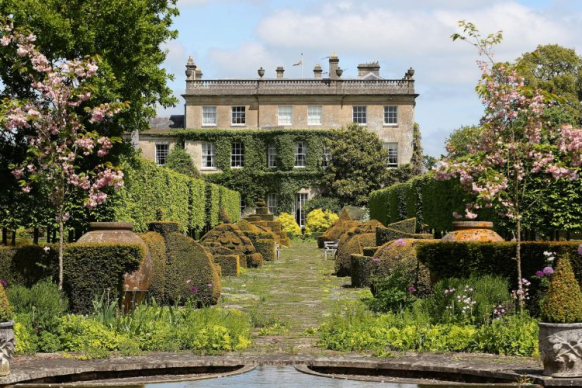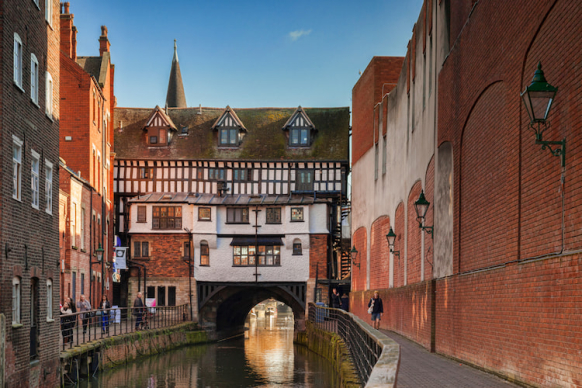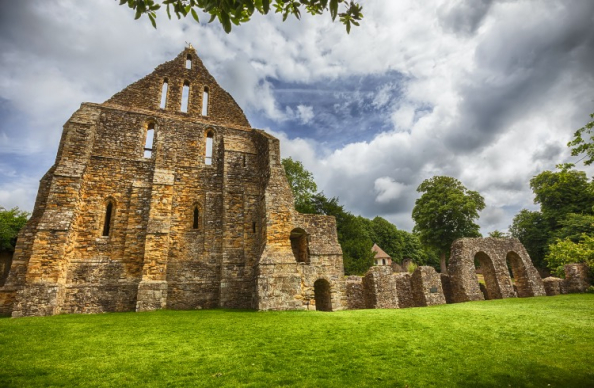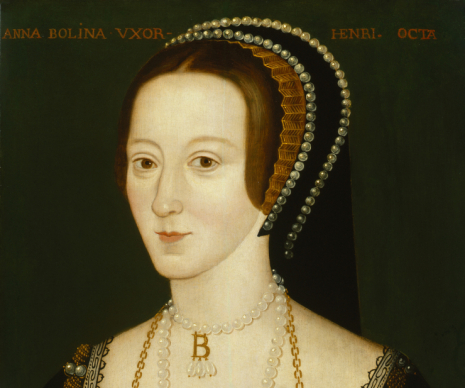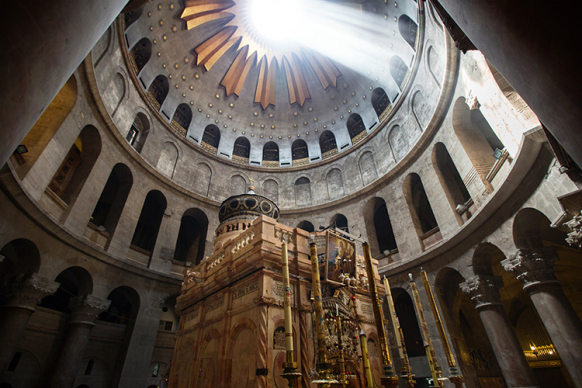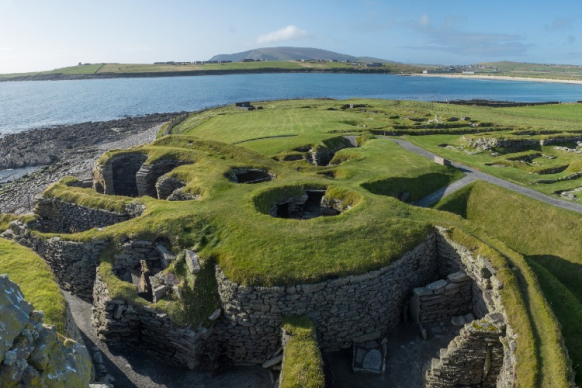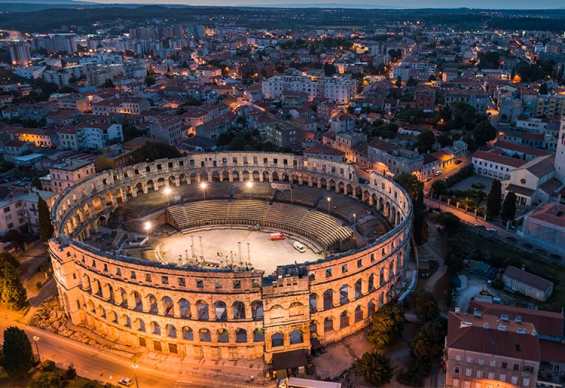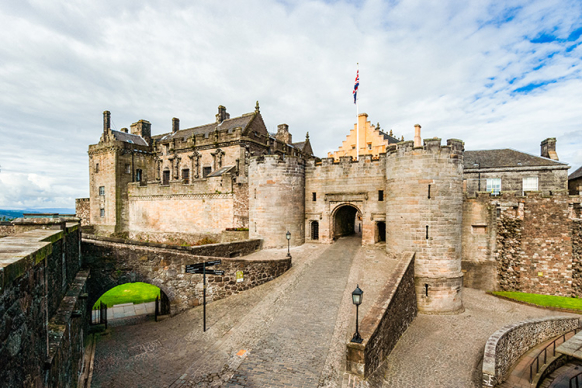
About Boadicea and Her Daughters Statue
Sculpted by one of Britain’s most celebrated artists and considered his magnum opus, Boadicea and Her Daughters is a spectacular bronze statue by Thomas Thornycroft located in Westminster. Depicting the infamous Iceni queen, the statue is a reminder of some of Britain’s oldest history, nestled amongst its most modern.
Boadicea and Her Daughters Statue history
Boudicca – often spelled Boadicea in Victorian times – was the queen of the Celtic Iceni tribe in the 1st century. In the year 60 or 61 AD, she led the Iceni and Trinovantes in a revolt against the conquering forces of the Roman Empire, destroying Camulodunum (modern-day Colchester), Verulamium (modern-day St Albans) and Londinium (modern-day London) in the process.
In response, Roman governor Gaius Suetonius Paulinus regrouped and retaliated against Boudicca’s forces, in a decisive defeat of the fierce queen. Following this, Boudicca either committed suicide, as noted by Roman historian Tacitus, or died of illness.
The story of these events resurged in the Renaissance, finding further fame in the Victorian era when Queen Victoria herself was considered Boudicca’s namesake – their names both meaning ‘victory’. Boadicea and Her Daughters was thus begun in the 1850s, with Victoria and Prince Albert involved in its commission. The sculptor, Thomas Thornycroft, had completed a full size model of the statue by his death in 1885, however funds for its casting in bronze had not yet materialised.
In continuation of his late-father’s work, Sir John Isaac Thornycroft oversaw the subsequent fundraising effort, and by 1898 the statue was at last cast in bronze. It wasn’t until 1902 however – 17 years after its sculptors death – that Boadicea and Her Daughters was installed atop a granite plinth in Westminster.
Boadicea and Her Daughters Statue today
Today, Boadicea and Her Daughters is one of London’s most iconic statues, depicting a spear-wielding Boudicca and her two daughters atop a scythed horse-drawn chariot. Sitting at the entrance to Westminster Bridge, across from Parliament Square and the Palace of Westminster, it also features a hint of irony, given that it lies at the centre of the city she destroyed!
One of only two chariot group sculptures in London – the other is Peace in her Quadriga, which sits atop Constitutional Arch at Hyde Park Corner – the statue provides a glimpse into some of Britain’s oldest history, and allows onlookers a dramatic interpretation of one of its most infamous ancient figures.
Getting to Boadicea and Her Daughters Statue
Bodicea and Her Daughters is located at Westminster Bridge in London. The nearest Underground station is Westminster, a minute walk away, while the nearest train station is Waterloo, a 15-minute walk away. A number of buses stop nearby, with the closest stops at Westminster Pier, a minute walk away, and Westminster Station/Parliament Square, a 2-minute walk away
Featured In

London Historic Sites
Londinium, The Big Smoke, The Great Wen: London has experienced its fair share of change over its 2000-year history. Here's our pick of some of the British capital's most famous historic sites to visit today.








